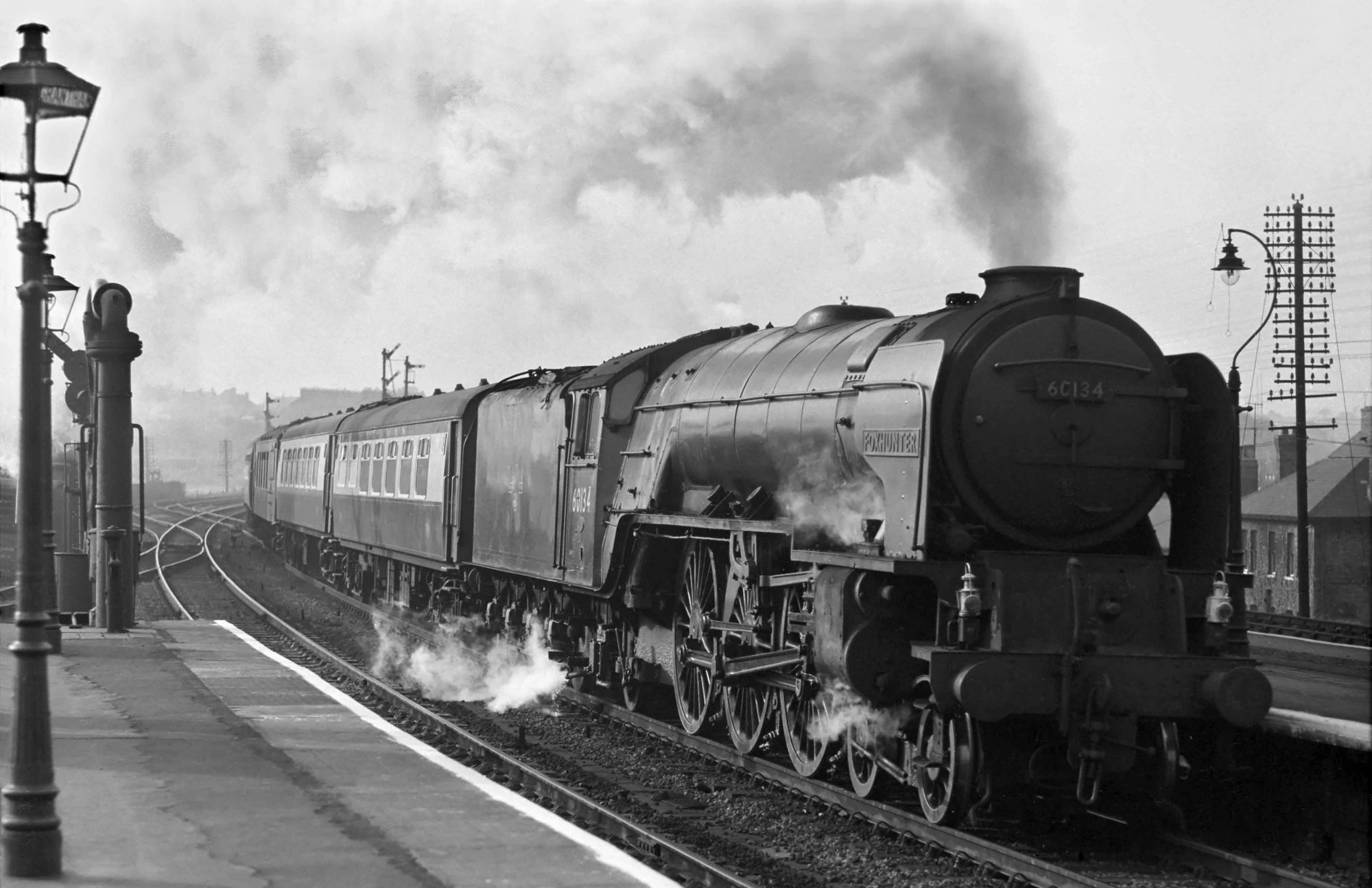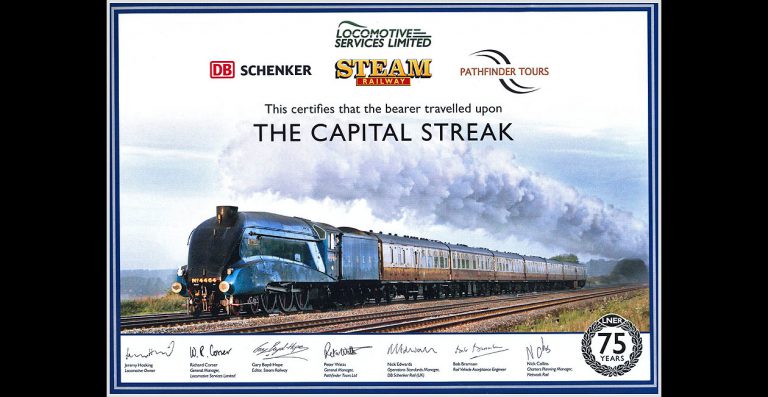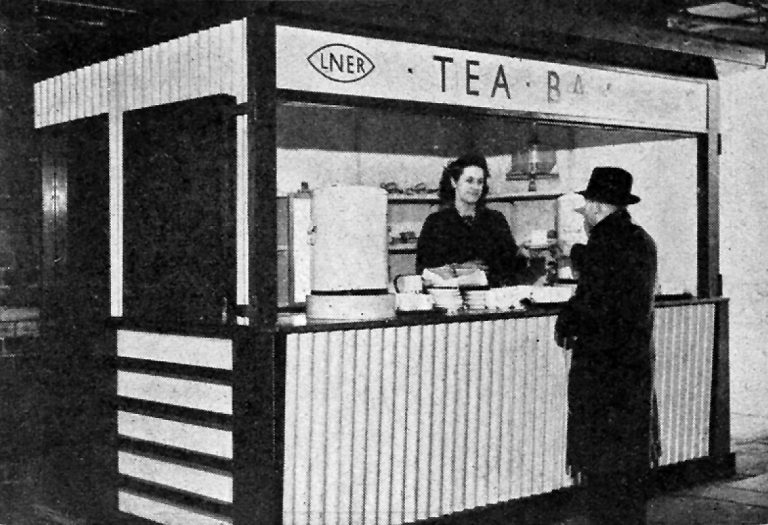First a very warm welcome if you've recently become a subscriber to Tracks through Grantham, and this is your first message introducing a new article.
It's a dream for many of us - speeding along the East Coast Main Line in the wake of a streamlined steam locomotive of the 1930s, performing exactly the way its designers and builders intended. In 2013 Steve Philpott did just that. He was on board one of three special trains which were authorised to run up to 90 mph to mark the 75th anniversary of world record holder A4 pacific Mallard's unequalled 126 mph achieved in July 1938.
We've spoken to people who, as a passenger or on the footplate, have 'done the ton' or more with steam down Stoke Bank in the 1950s and early 1960s. Such speeds, while not called for by the timetable, were attained in 'normal service' by willing crews with double-chimney A3s and the post-war A1s, as well as A4s - as Roy Vinter describes. However, 90+ mph with steam in the 21st century had been, for many of us, unthinkable.
That there were three successful 90 mph runs in 2013 is a tribute to many people; some who dared to believe that it could and should happen, and others who had the professional standing to convince those in the railway industry who needed to be persuaded that a well-maintained steam locomotive, in skilled hands, could still be relied upon to deliver a high speed run in complete safety.
So let Steve take you through the build-up to his 'big day'. The anticipation, the disappointments and, finally, the thrill of charging through Grantham station 'with 11 [coaches] on' at top side of 75 mph, all but maintaining that momentum up to Stoke summit in preparation for what was to come... STREAK!



